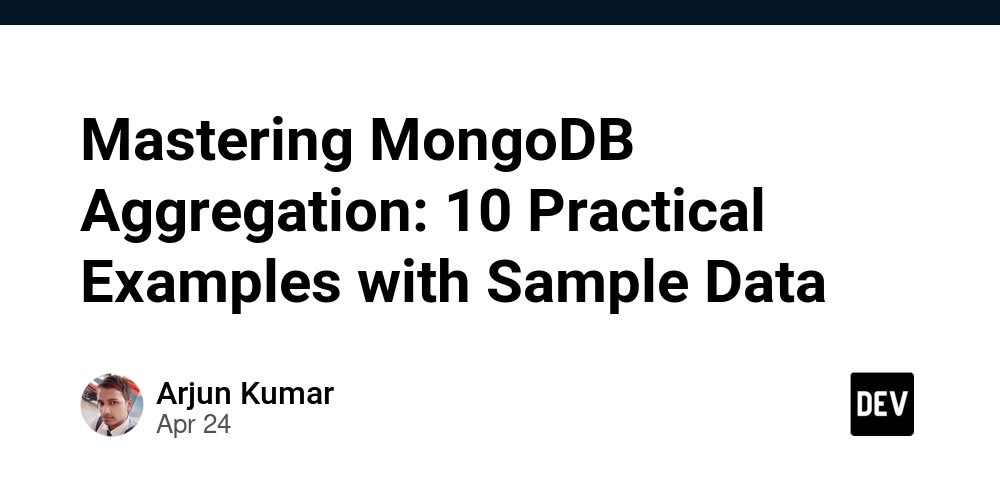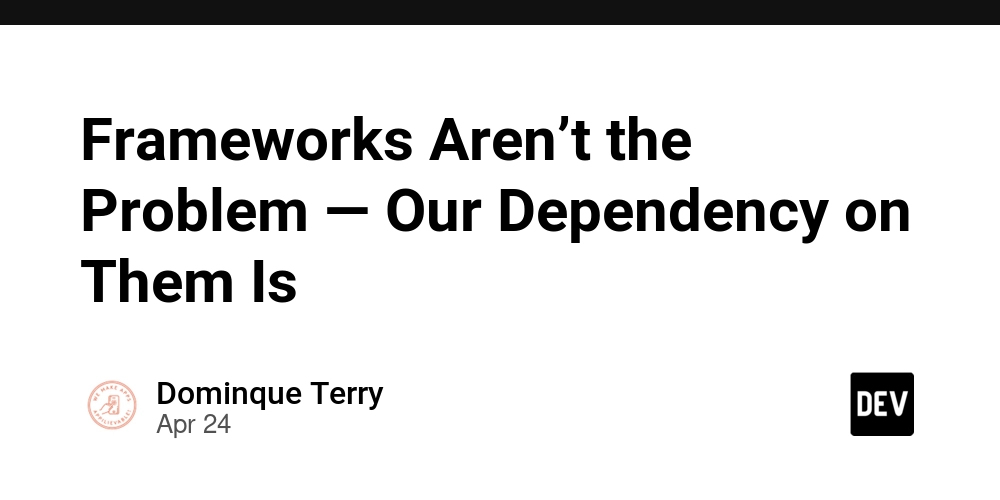
Learn MongoDB Aggregation: 10 Examples for Data Analysis and Reporting
Unlock the power of your MongoDB databases! Whether you're aiming to improve your data analytics skills or just preparing for that next technical interview, mastering MongoDB aggregation is crucial. This article provides 10 practical examples with detailed explanations to help you grasp this powerful framework. Dive in and see how to efficiently process and transform your data!
What is MongoDB Aggregation and Why Should You Care?
MongoDB aggregation is a framework for processing and transforming data. It enables you to perform operations similar to SQL queries, but in a more flexible and scalable way. With MongoDB aggregation, you can:
- Calculate metrics: Find averages, sums, minimums, and maximums.
- Transform documents: Reshape your data to fit specific needs.
- Filter and group data: Isolate specific subsets of data and group them based on shared characteristics.
This guide uses a sample dataset to illustrate these concepts clearly.
Sample MongoDB User Data
We'll be working with a users collection containing the following sample documents:
Feel free to copy and paste this data into your own MongoDB instance to follow along!
1. Get a User Count by Country
Want to know how many users are from each country? This MongoDB aggregation pipeline groups users by their country and counts them.
This simple query provides a quick overview of your user base distribution. Use these insights for targeted marketing campaigns!
2. Find the Average Age by Gender with MongoDB Aggregation
Understanding demographic data is essential. This example calculates the average age for each gender.
Identifying age demographics helps you tailor your product and content!
3. Filter Users Signed Up After a Specific Date
Tracking user sign-up trends can reveal growth patterns. This query finds all users who signed up after February 1, 2024.
The $addFields stage converts the signupDate string to a Date object for accurate comparison.
4. Count Female Users per Country
Want to understand the distribution of female users across different countries? This aggregation pipeline first filters for female users and then groups them by country to count them.
This query provides valuable data for gender-specific marketing strategies.
5. Group Users by Country Sorted by Recent Signups
Analyzing user distribution based on signup recency helps identify emerging markets. This example first sorts users by signup date in descending order, and then groups them by country.
This aggregation provides insights into the most recent user activity from different countries.
6. Find the Earliest User Signups
Identifying your earliest adopters can provide crucial feedback and insights. This query retrieves the three users who signed up earliest.
Sorting by signupDate in ascending order and limiting the results to 3 gives you your earliest users.
7. Display Indian Users Sorted by Age
Understanding the age distribution within specific regions can help you tailor product offerings. This query filters for users from India and sorts them by age in descending order.
This aggregation provides insights into the age demographics of your Indian users.
8. Track User Signups Month by Month
Tracking user growth over time is crucial for business analytics. This MongoDB aggregation query counts users grouped by the month they signed up.
Analyze signup trends and refine your acquisition strategies!
9. Calculate Average User Age for 2024 Signups
Understanding the age of users signing up in a specific year can help refine targeting strategies. This query calculates the average age of users who signed up in 2024.
This data is invaluable for tailoring your messaging.
10. Analyze Gender Distribution for Users Aged 25-35
Understanding the gender distribution within specific age groups allows for highly targeted marketing. This MongoDB aggregation pipeline query counts users aged 25 to 35, grouped by gender.
Use this MongoDB aggregation to power tailored campaigns and offers.
Enhance Your Data Analysis with MongoDB Aggregation
These 10 examples demonstrate the versatility of the MongoDB aggregation framework. From basic counts to complex date manipulations and demographic analysis, mastering these techniques will significantly enhance your data analysis capabilities. Keep practicing and exploring the possibilities!
Ready to take your MongoDB skills to the next level? Experiment with these queries using your own data, and discover the insights waiting to be uncovered!





